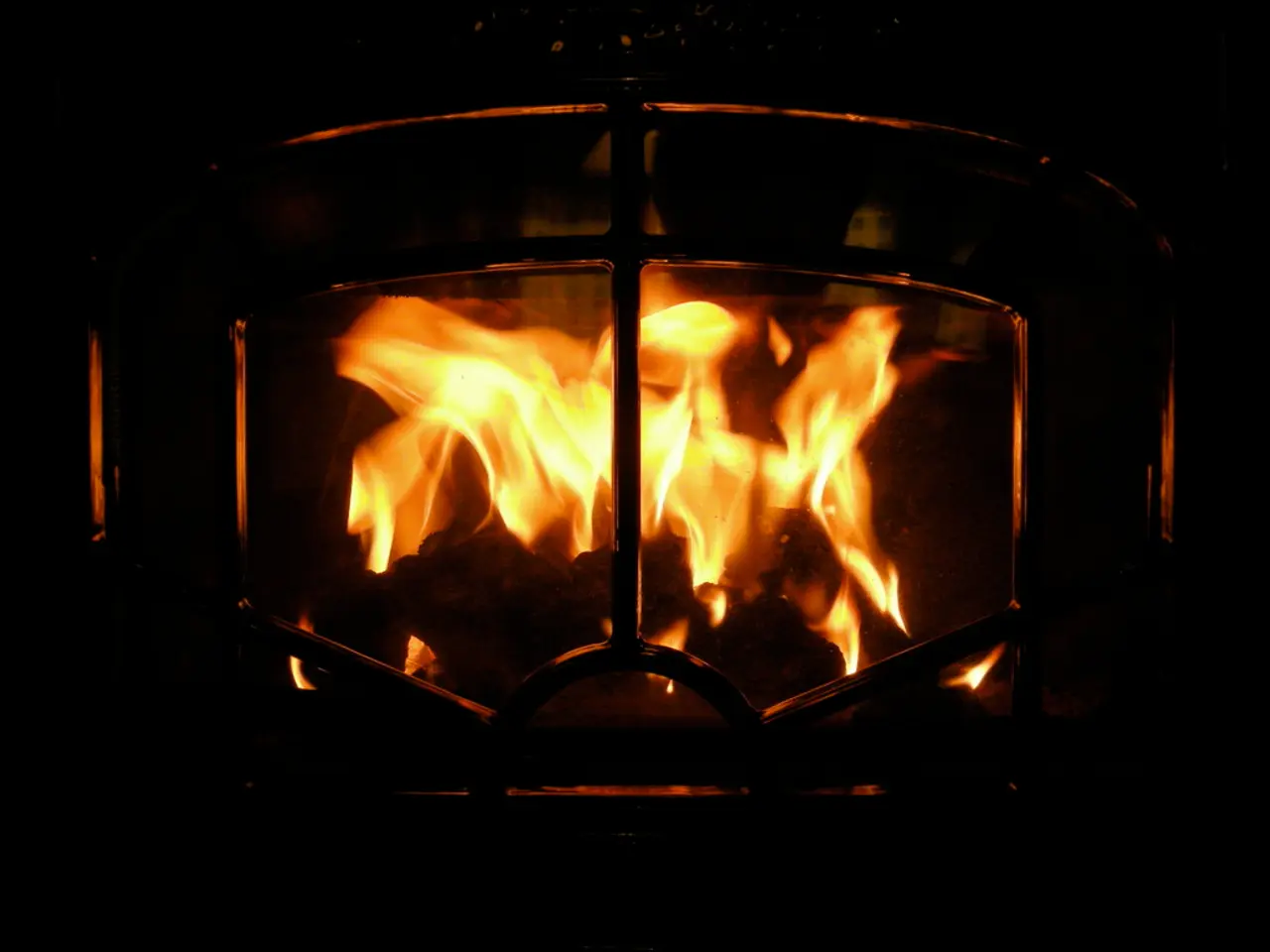A concise and practical guide on igniting a campfire, ensuring a successful blaze each time you attempt
In the great outdoors, there's nothing quite like a crackling campfire to bring people together. This guide is designed to help those who might feel a bit apprehensive about lighting a fire, especially when hungry kids are waiting for their s'mores.
To start, gather your materials. You'll need firewood, kindling, and tinder. Tinder are small, easily ignitable items like dried grass or bark. Kindling are small twigs and sticks. Firewood, ideally hardwoods such as oak, ash, hazel, beech, birch, or softwoods like larch and pine, provide a consistent heat and burn longer. Firelighters are also recommended as they burn for longer than other kindling.
Prepare a fire pit by selecting a safe location clear of flammable materials. Ideally, it should be a bare earth area surrounded by rocks to contain the fire. Ensure you have water or extinguishing tools nearby for safety.
Create a stack of kindling in the center of the fire pit, with criss-crossed twigs and space between the bits. If you're starting the fire without matches or lighters, friction methods like the hand drill can be used. This involves rotating a spindle against a fireboard made of dry softwood until an ember forms, which is then transferred to tinder and blown into flame.
To ignite the fire, use firelighters or dried grass and leaves, and gently blow on the flames to help them spread towards the center. As the fire grows, build a teepee or pyramid structure with larger sticks and branches, again making sure there's plenty of space for air to move between. Once the larger branches catch alight, start adding larger logs for the fire's longevity.
Maintain the fire by regularly adding wood and ensuring it gets enough oxygen; avoid smothering the flames. Never leave a campfire unattended and always fully extinguish it with water or dirt before leaving to prevent wildfires.
When camping, safety measures include choosing a fire site at least 10 feet away from tents or trees, monitoring the fire continuously, and having a bucket of water, dirt, or a fire extinguisher nearby in case of emergency. If wild camping, do not create fires unless in an emergency, as it is unacceptable and can cause wildfires. If camping in a residential center or campsite, follow the guidelines for firepit use and respect them.
In addition to the materials, a list of necessary items includes waterproof matches or lighters, a headlamp, a water bucket, a shovel, and a weather app. Users are advised to check the weather forecast before the trip, and to bring extra tinder if it has been raining.
Lastly, maintain your fire pit by cleaning out ashes after each use to improve airflow for future fires and reduce hazards. And remember, always prioritise safety when enjoying the great outdoors.
Embrace outdoor-living by mastering the art of campfire building, where a safe and controlled fire brings intimacy to any camping environment. To complement your home-and-garden skills, incorporate fire pits into your next outdoor gathering, ensuring they are placed away from flammable materials and properly extinguished after use for the safety of all.





